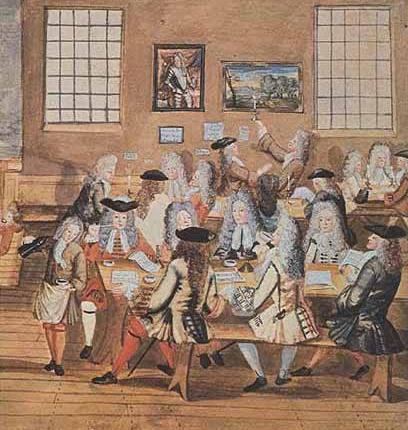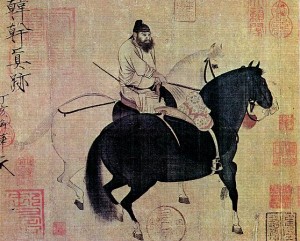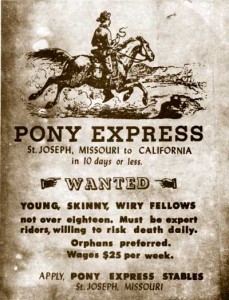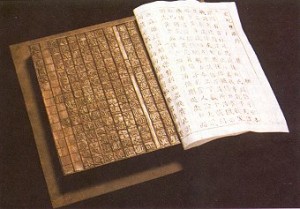The “Acta” was the official text of ancient Rome. It was first written in 131 B.C. and it was carved into stone or metal. For the most part, the “Acta” was a public document. However, it was sometimes restricted by the government.
In 59 B.C., Julius Caesar ordered the posting of the “Acta” in public places so that citizens could be more easily informed on what was going on around town. One could say that the “Acta” is one of the earliest predecessors of the newsbook.
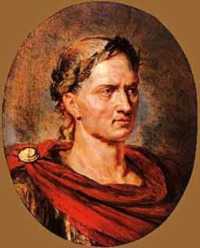 Julius Caesar
Julius Caesar
In Rome, there were two types of this early news publication. One of them was the “Acta Diurna”. It was also known as the “Acta Populi” and it including everything from court news and emperor decrees to the announcement of marriages, births and deaths.
The “Acta Diurna” was posted in a public place on a day-to-day basis and taken down after being posted for a reasonable amount of time. After they were taken down, they were stored with other documents so that they could be used for research purposes.
The other type of “Acta” was the “Acta Senatus”. This text recorded the hearings and decisions of the Roman Senate. Originally, these documents were published only occasionally. A young senator was usually given the responsibility of recording the sessions of the Senate.
 A session of the Roman Senate
A session of the Roman Senate
Along with the “Acta Diurna”, Caesar made the “Acta Senatus” public in an attempt to please the citizens. However, when Augustus took control of Rome, he made it forbidden to publish the “Acta Senatus”. Instead, the documents were stored in government archives and one needed special permission in order to view them.

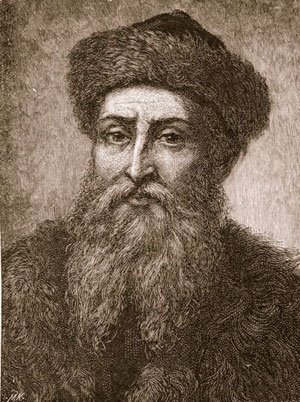


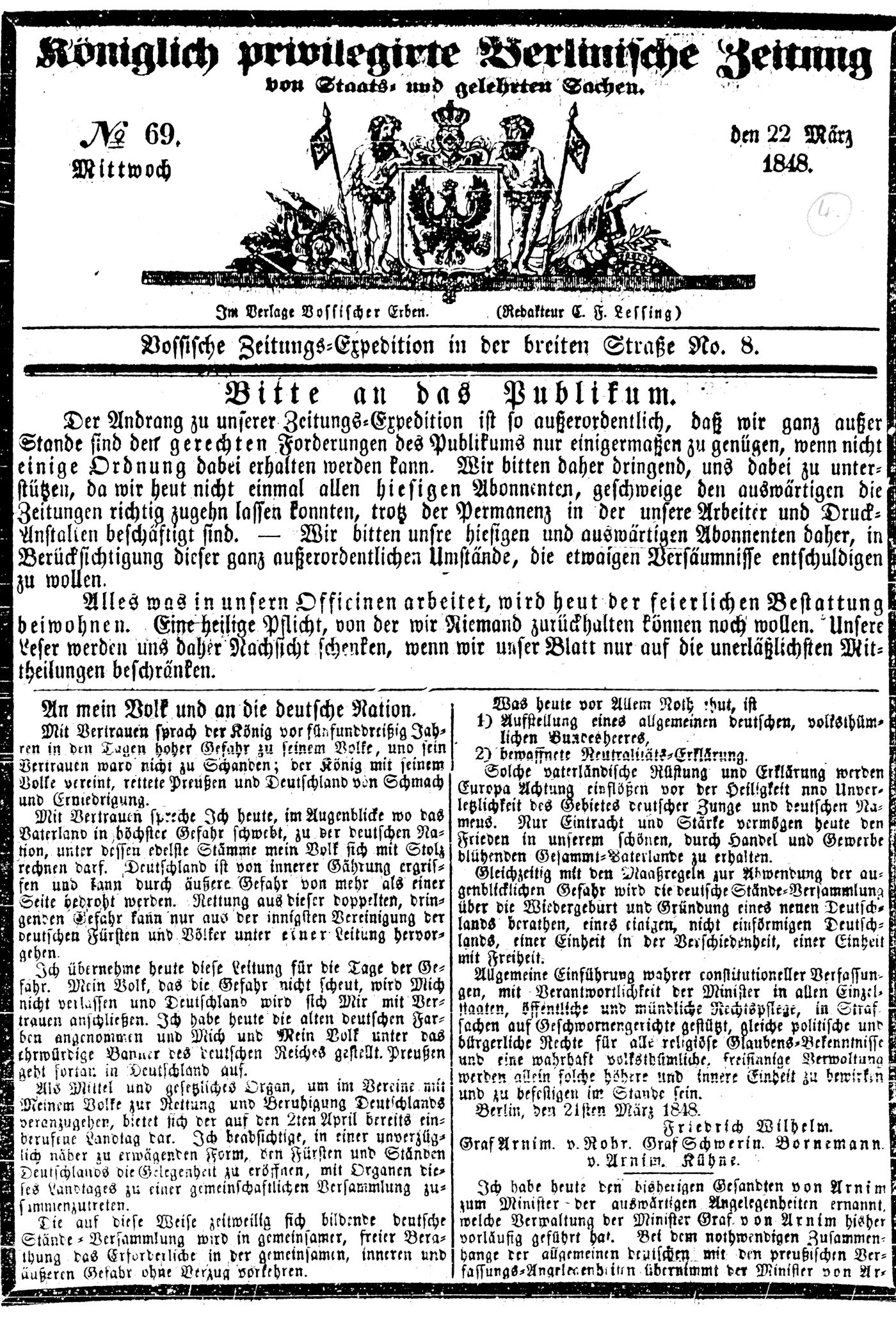 allowed Germany to control what was and wasn’t published, ensuring that only articles that favored the government and church would be allowed.
allowed Germany to control what was and wasn’t published, ensuring that only articles that favored the government and church would be allowed.




